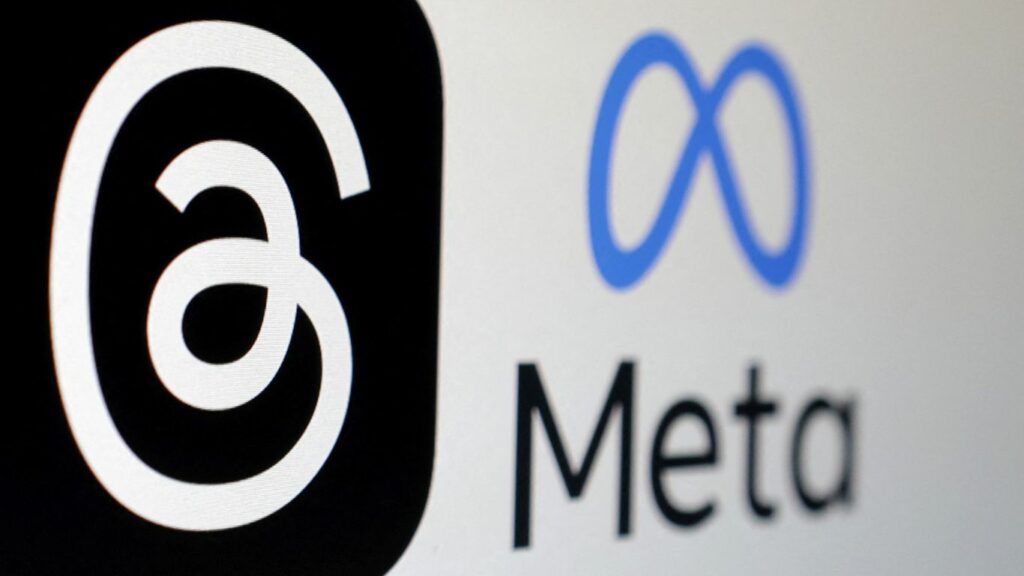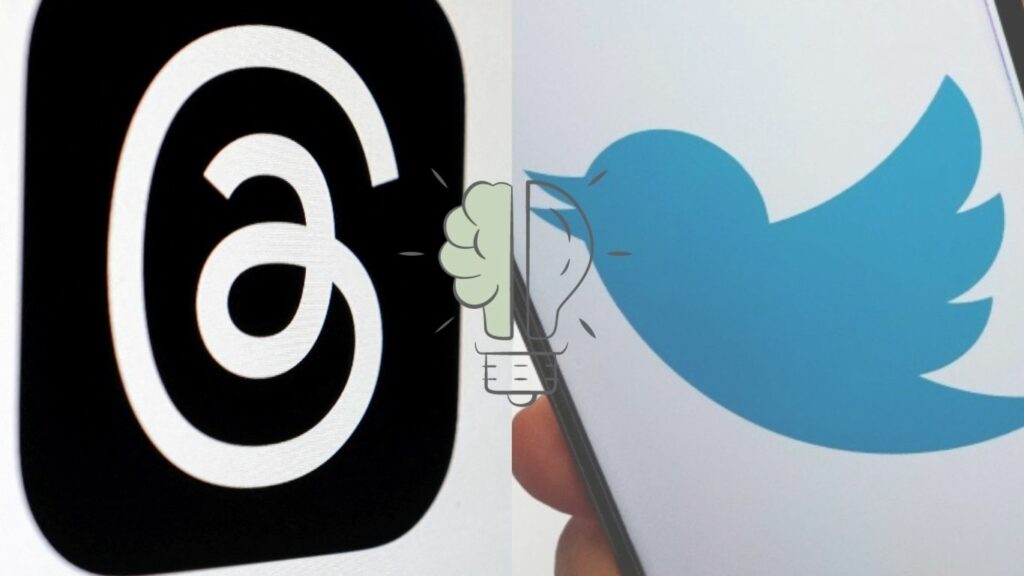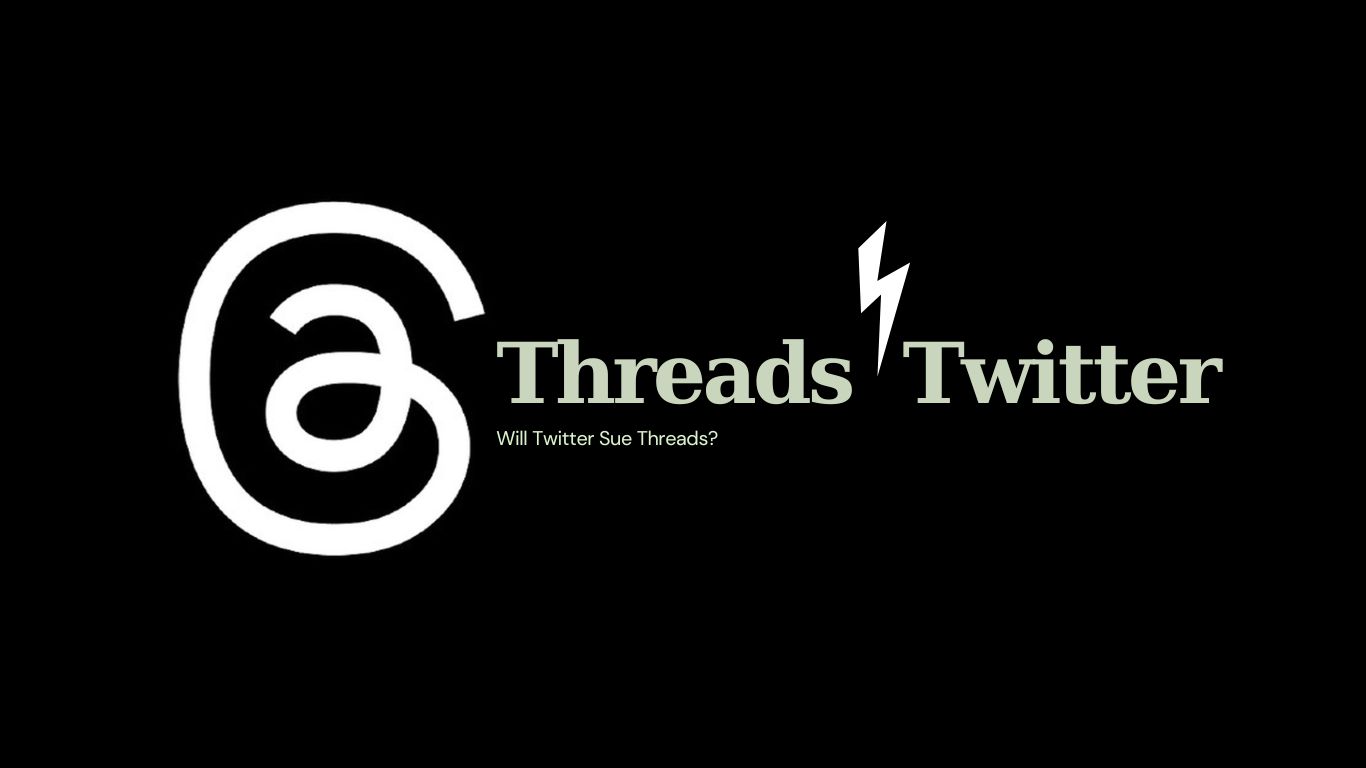Threads, Meta’s latest venture faces an uphill battle as it strives to surpass Twitter as the go-to microblogging platform. Ever since Elon Musk acquired Twitter last year, user competition has intensified.
However, Threads possesses significant potential due to its sophisticated technology, established user base, and reputation for superior moderation, which is likely to appeal to high-value advertisers.
This platform’s arrival couldn’t have come at a worse time for Twitter. Musk’s recent announcement limiting free Twitter accounts to viewing only 600 tweets per day was met with ridicule.
Such actions are bound to have a negative impact on advertising on the platform, exacerbating an ongoing crisis that has persisted during Musk’s tenure.
Threads, closely associated with Instagram yet distinct as a separate app, hold a major advantage over other Twitter imitators. It already boasts a vast potential user base from Instagram, allowing individuals to seamlessly follow accounts they are already connected to on Instagram as they transition to Threads.

What’s Different in Threads Than in Twitter?
Threads, launched on July 6th, 2023 is a direct rival to 16-year-old Twitter.
Threads by Meta bears a striking resemblance to Twitter, yet the online community remains divided on whether Threads has the potential to overthrow Twitter, given the significant differences between the two platforms.
Let’s explore five key distinctions between the two:
#1 Accessibility
Twitter emerged as a website approximately 16 years ago, gaining popularity solely through its web presence. However, as smartphones became prevalent, Twitter eventually introduced its app on Android and iOS.
In contrast, Threads currently exists exclusively as a mobile app, downloadable from the iOS and Android app stores. Meta seems to be following a similar approach to Instagram, which primarily operates as an app, suggesting that the Threads website may not be available in the near future.
#2 Account Integration
On Twitter, users can log in using various options such as email, phone number, or simply a username. The iconic blue bird remains independent and isn’t tied to any other app; it merely borrows login information.
In contrast, Threads is closely synced with Instagram. Currently, the only way to log in to Threads is through your Instagram account, and vice versa. Notably, Threads cannot be accessed separately without deleting your Instagram account.
#3 Pricing and Verification
Under the Musk regime, Twitter introduced a verification subscription program that offers additional benefits such as increased word count, an ad-free experience, and the coveted blue tick.
Meta quickly followed suit with Instagram, albeit only providing verification as a service. Threads inherits its verification status from Instagram, resulting in a blue tick. In comparison, Twitter Blue offers both a blue tick and additional perks. The subscription fees for both platforms are approximately the same, around $7.99 per month.
#4 Multimedia Posts
Both Twitter and Threads allow users to share website links, videos, and images. Additionally, users can post GIFs on both platforms, although Threads requires saving the GIF to the camera roll before sharing it.
Notably, Threads surpasses Twitter in terms of sharing multiple images and videos in a single post. While Twitter restricts users to four items per tweet, Threads enables the sharing of up to 10 items in a single post, akin to the carousel posts on Instagram.
#5 Text Limit & Feed Customization
Twitter was notorious for its 140-character limit for the longest time, which was later expanded to 280 characters. With the introduction of Twitter Blue, this limitation is no longer applicable. However, Threads imposes a hard stop at 500 characters.
Apart from the text limit, Threads lacks an in-app messaging feature for private conversations, a function readily available on Twitter. Furthermore, Threads restricts users from conducting searches beyond usernames and accounts, rendering hashtags ineffective within this “fediverse.”
Unlike Twitter, Threads displays posts from everyone, regardless of whether the user follows them or not. Twitter, on the other hand, offers two feed options—one curated based on user preferences and the other based on followers.
Additionally, Threads currently offers an ad-free experience, although this is likely to change in the future.
While Twitter and Threads may appear similar on the surface, they deliver distinct experiences to users. It is evident that Threads is still a work in progress, with ongoing improvements and updates being made.

Will Twitter Sue Threads?
Spiro, who serves as Elon Musk’s personal attorney, revealed that Meta has recruited numerous former Twitter employees to develop Instagram Threads.
Given the significant job cuts at Twitter, it’s logical for Meta to capitalize on the opportunity and attract top talent from its rival. This is especially true for a platform like Threads, where Twitter’s exceptional ability to make everything function seamlessly is considered invaluable.
But the question remains: did they actually plagiarize Twitter’s social media platform?
The issue arises from a letter Twitter sent to Mark Zuckerberg. In the letter, Twitter alleges that many of its former employees, who now work at Meta, had access to Twitter’s trade secrets and used them to create an app that essentially replicates the social network. Twitter accuses Meta of violating state and federal laws with this action.
Consequently, Twitter is threatening legal action against Instagram Threads and demanding that Meta immediately cease the use of Twitter’s trade secrets. However, Meta has responded through a Threads post, with communications director Andy Stone stating, “No one on the Threads engineering team is a former Twitter employee—that’s just not a thing”
It appears that Meta isn’t overly concerned about the potential lawsuit from Twitter, although we should closely monitor this ongoing drama, as Elon Musk seems unlikely to remain passive.
